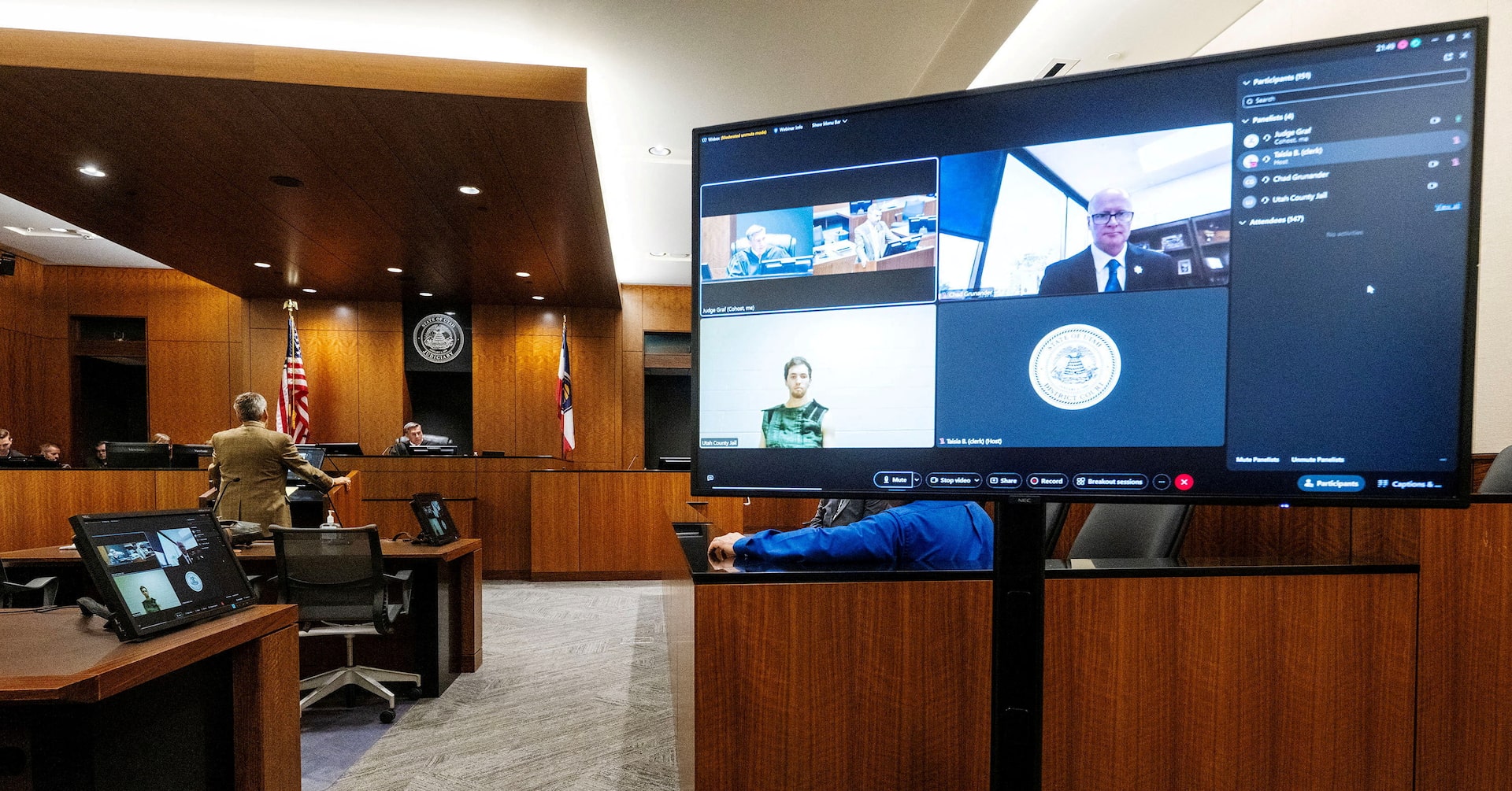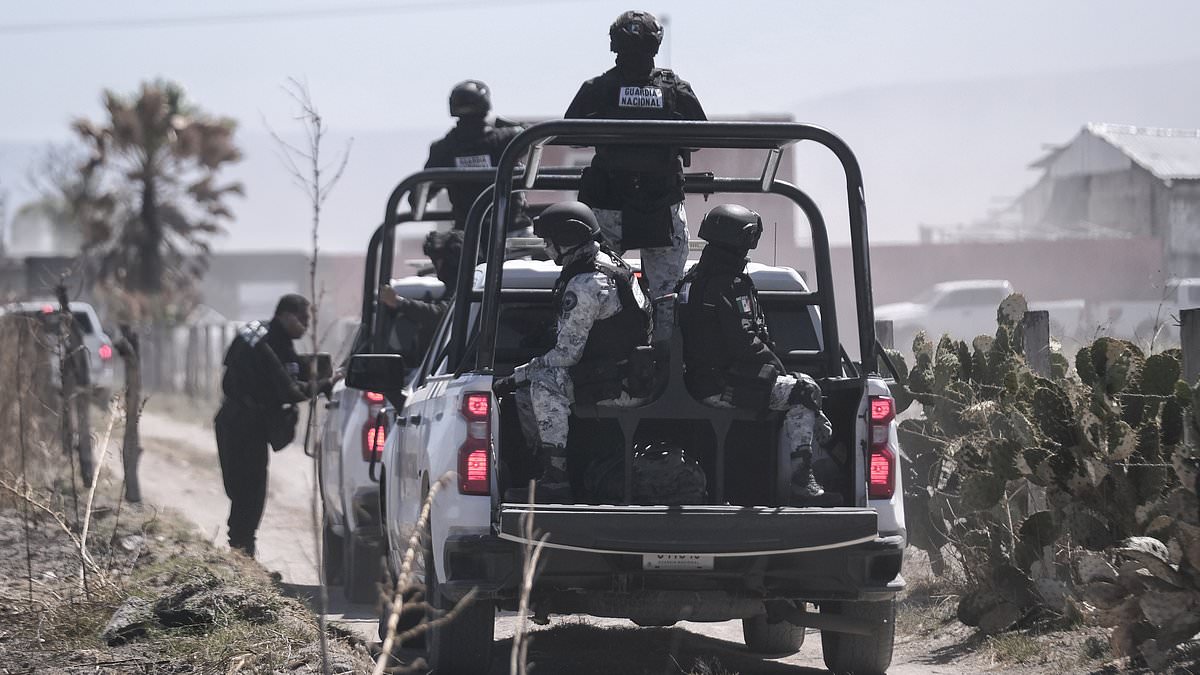
Sept 17 (Reuters) – Utah prosecutors said on Tuesday they will seek the death penalty for the trade school student suspected of assassinating right-wing political activist Charlie Kirk.
Below is a look at the use of capital punishment in the United States and in Utah.
Sign up here.
WHY ARE PROSECUTORS SEEKING THE DEATH PENALTY?
Tyler Robinson, 22, was charged with assassinating Kirk while the activist was speaking at an outdoor event at Utah Valley University in Orem. The prosecutor said Robinson was charged with aggravated murder because he put others at great risk of death, targeted Kirk for his political expression and knew children would witness the homicide.
The prosecutor said he would seek the death penalty. If a jury were to find Robinson guilty, his legal team would be able to present mitigating factors to argue against the death penalty, such as any childhood trauma or mental health issues.
In the United States, juries impose death sentences, usually in a separate penalty phase of a trial after a defendant is convicted. Juries must be unanimous to impose the death penalty, except in Florida, where eight of 12 jurors must agree on the death penalty, and in Alabama, where 10 of 12 jurors must support the death penalty.
HOW OFTEN DOES UTAH USE THE DEATH PENALTY?
Utah has one of the smallest death row inmate populations, at eight. California has the largest at 585. Oregon and Wyoming, which are among the states that permit the death penalty, have none.
Inmates can remain on death row for years or even decades. Their cases often undergo mandatory reviews and officials may delay scheduling executions.
HOW DOES UTAH EXECUTE DEATH ROW INMATES?
Like most states, Utah uses lethal injection and it banned the firing squad in 2004. However, convicts who chose to be executed by firing squad before it was banned are still eligible. Ralph Menzies, who was convicted of a 1986 murder, was scheduled to die by firing squad in early September. The Utah Supreme Court blocked Menzies’ execution, however, and sent his case back to a lower court. Utah and South Carolina are the only two states to use a firing squad since 1976.
HOW HAS PUBLIC OPINION ON EXECUTIONS CHANGED?
U.S. public support for the death penalty is near a 50-year low of around 53% and a majority of adults under 43 oppose it, according to a 2024 Gallup poll. In some parts of the country, states are moving to restrict and limit executions. Just four states carried out about three-quarters of the 25 executions last year — Alabama, Texas, Missouri and Oklahoma, according to the Death Penalty Information Center.
WHY ARE DEATH SENTENCES DECLINING NATIONWIDE?
Last year, the U.S. imposed 26 death sentences, a sharp decline from the mid-1990s when the annual total exceeded 300, according to the Death Penalty Information Center.
Prosecutors are seeking the death penalty less often and when they do, juries are more reluctant to impose it, according to legal experts. The length of death penalty cases can be a burden on victims’ families and jurors. In addition, mitigating factors can make them difficult to secure for prosecutors, according to legal experts.
Victims’ families also may prefer a plea bargain for a life sentence, as some did in the case of the murderer of four University of Idaho students in 2022. Utah’s 2017 study of the death penalty also found pursuing the death penalty adds an average $1.5 million in costs for the state, over the usual cost of cases seeking a life sentence.
Reporting by Tom Hals in Wilmington, Delaware; Editing by Amy Stevens and Lisa Shumaker



